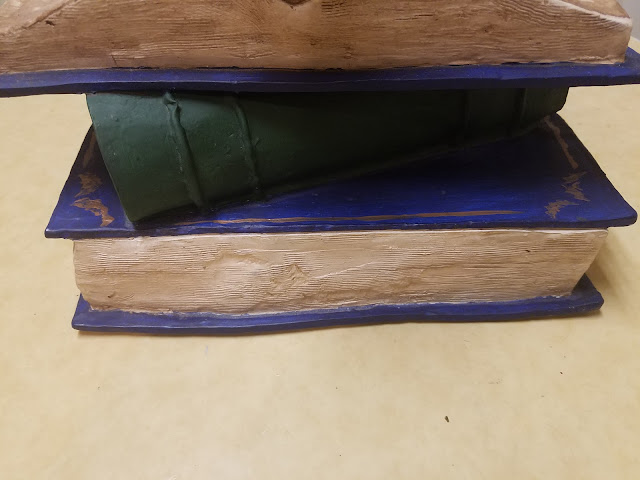Thomas Crofton Croker’s The Legends and Traditions of the South of Ireland (1825) is considered one of the most influential texts in shaping mainstream society’s perceptions of Irish folklore, impacting everything from the fairy to the leprechaun.[1] In “The Death Coach,” the author builds on the myth of the Dullahan and its cóiste-bodhar, a coach drawn by headless horses which serves as a harbinger of misfortune.[2]
'Tis midnight! — how gloomy and dark!
By Jupiter there ‘s not a star! —
‘T is fearful! — ‘t is awful! — and hark!
What sound is that comes from afar?
Still rolling and rumbling, that sound
Makes nearer and nearer approach;
Do I tremble, or is it the ground? —
Lord save us! — what is it? — a coach! —
A coach! — but that coach has no head;
And the horses are headless as it:
Of the driver the same may be said,
And the passengers inside who sit.
See the wheels! how they fly o’er the stones!
And whirl, as the whip it goes crack:
Their spokes are of dead men’s thigh bones,
And the pole is the spine of the back!
The hammer-cloth, shabby display,
Is a pall rather mildew’d by damps;
And to light this strange coach on its way,
Two hollow sculls hang up for lamps!
From the gloom of Rathcooney church-yard,
They dash down the hill of Glanmire;
Pass Lota in gallop as hard
As if horses were never to tire!
With people thus headless ‘t is fun
To drive in such furious career;
Since headlong their horses can’t run,
Nor coachman be headdy from beer.
Very steep is the Tivoli lane,
But up-hill to them is as down;
Nor the charms of Woodhill can detain
These Dullahans rushing to town.
Could they feel as I’ve felt — in a song —
A spell that forbade them depart;
They’d a lingering visit prolong,
And after their head lose their heart!
No matter! — ‘t is past twelve o’clock;
Through the streets they sweep on like the wind,
And, taking the road to Blackrock,
Cork city is soon left behind.
Should they hurry thus reckless along,
To supper instead of to bed,
The landlord will surely be wrong,
If he charge it at so much a head!
Yet mine host may suppose them too poor
To bring to his wealth an increase;
As till now, all who drove to his door,
Possess’d at least one crown a-piece.
Up the Deadwoman’s hill they are roll’d;
Boreenmannah is quite out of sight;
Ballintemple they reach, and behold!
At its church-yard they stop and alight.
“Who ‘s there?” said a voice from the ground
“We’ve no room, for the place is quite full.”
“O! room must be speedily found,
For we come from the parish of Skull.
“Though Murphys and Crowleys appear
On headstones of deep-letter’d pride;
Though Scannels and Murleys lie here,
Fitzgeralds and Toomies beside;
Yet here for the night we lie down,
To-morrow we speed on the gale;
For having no heads of our own,
We seek the Old Head of Kinsale.”[3]
Works Referenced
Croker, Thomas Crofton. Fairy Legends and Traditions of the South of Ireland. London: John Murray, 1825. 133-136.
Jaros, Michael. “Leprechaun.” The Ashgate Encyclopedia of Literary and Cinematic Monsters. Ed. Jeffrey Andrew Weinstock. Burlington, VT: Ashgate Publishing Company, 2014. 372-375.
Yeats, William Butler, ed. A Treasury of Irish Fairy and Folk Tales. 1888. New York: Barnes and Noble, 2015.
____________________
[1] Jaros, 373-374.
[2] Yeats, 288.
[3] Croker, 133-136.
























